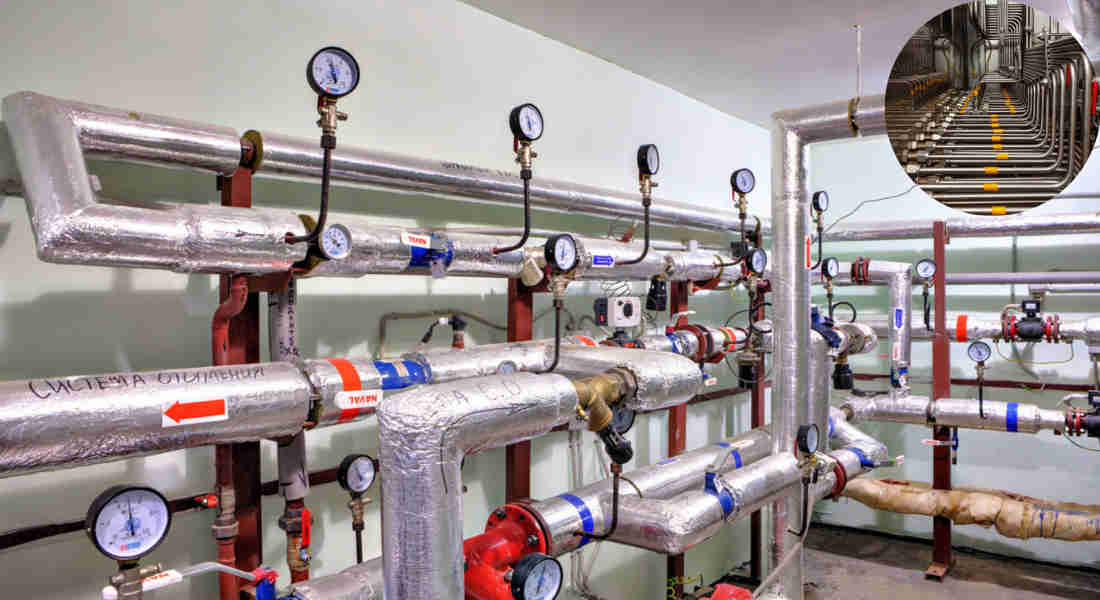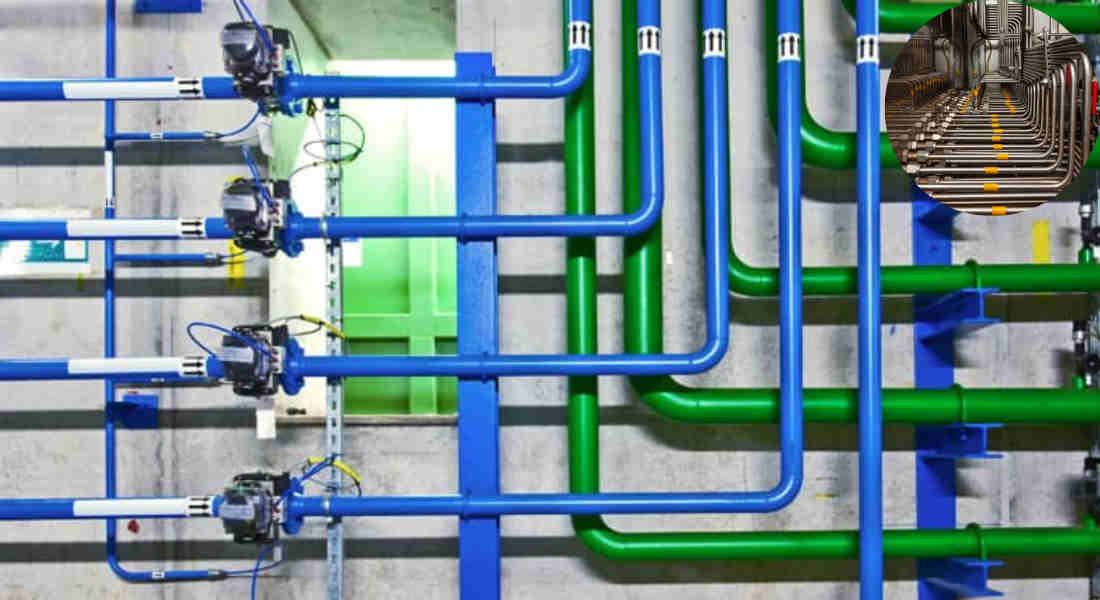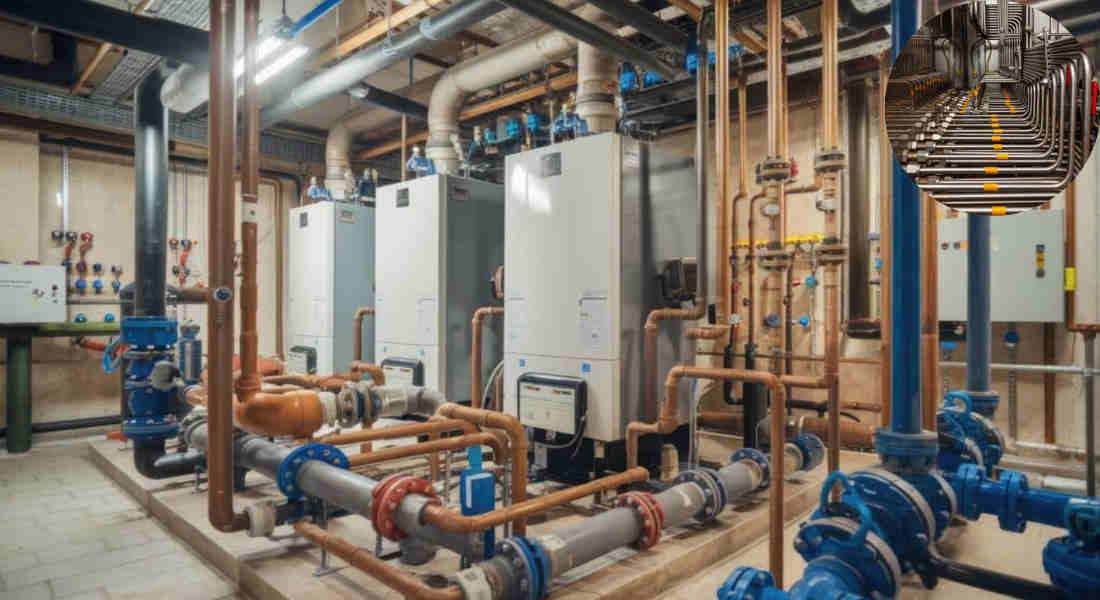Home plumbing might seem like a confusing web of pipes and fittings, but understanding how it all works is essential for homeowners and DIY enthusiasts. Whether you’re fixing a leaky faucet, replacing a section of pipe, or planning a full renovation, knowing the basics of pipe sizing and connection types can save you time, money, and frustration.
One crucial term that often comes up in plumbing is the IPS connection. If you’ve ever wondered, “What is IPS connection in home plumbing?” you’re in the right place.
What is IPS Connection in Home Plumbing?
Let’s start with the basics: IPS stands for Iron Pipe Size. It’s a standard measurement system used to size pipes and fittings.
The History of IPS
The IPS standard originated in the early days of plumbing when iron pipes were widely used. At the time, pipes were measured based on their inner diameter (ID), which determined the amount of water or gas that could flow through them. Over time, as materials and manufacturing techniques evolved, the industry transitioned to using outer diameter (OD) measurements.
Despite this shift, the term “IPS“ stuck and is still used today to describe pipe sizes, even when dealing with modern materials like PVC or steel.
Why Is IPS Still Relevant?
IPS remains a key standard due to its consistency and widespread adoption. Many residential and commercial plumbing systems rely on IPS measurements, making it a universal language for plumbers and manufacturers.
How Does IPS Sizing Work?
Understanding how IPS sizing works is the foundation for grasping its importance in the plumbing industry.
Outer Diameter vs. Inner Diameter
In IPS systems, pipe sizing is based on the outer diameter (OD). This differs from older systems that measured the inner diameter (ID). For example, a 1-inch IPS pipe doesn’t necessarily mean the inner diameter is exactly 1 inch—it refers to the outer diameter.
You may also read (mastering wall venting home plumbing solutions revealed).
Comparison with Other Sizing Systems
To clarify, here’s how IPS compares to some other common pipe sizing standards:
- CTS (Copper Tube Size): Used primarily for copper pipes. It’s based on the actual outer diameter.
- NPS (Nominal Pipe Size): A broader measurement standard that includes IPS but also accounts for wall thickness.
Common IPS Pipe Sizes
Below are some standard IPS pipe sizes and their typical applications:
- ½ inch: Often used for residential water supply lines.
- ¾ inch: Common in outdoor irrigation systems.
- 1 inch: Found in larger water mains or high-pressure systems.
IPS vs. NPT: Understanding the Differences
One common misconception is that IPS and NPT (National Pipe Thread) are interchangeable. While they are related, they serve different purposes.
Key Differences
Here’s a quick comparison to help you differentiate:
Feature IPS (Iron Pipe Size)NPT (National Pipe Thread)
Measurement Basis Outer Diameter (OD) Tapered Thread
Thread Type Usually straight or none Always tapered
Sealing Method Clamps, welds, gaskets Thread engagement, sealant
Common Uses : Water/gas transport, structure Plumbing, gas, steam
Why You Can’t Mix IPS and NPT Without Adapters
The threads and sealing methods of IPS and NPT are fundamentally different. Trying to connect them directly can lead to leaks and system failures. If you need to combine them, thread adapters are a must.
Where Are IPS Connections Used in Home Plumbing?
IPS connections are versatile and widely used in residential plumbing.
Common Applications
- Water Supply Lines: IPS pipes are often used to carry water from the main supply to various fixtures in your home.
- Faucets and Shower Stalls: Many faucets and shower systems rely on IPS fittings for secure connections.
- Outdoor Irrigation Systems: IPS pipes are a popular choice for garden hoses and sprinkler systems because of their durability.
You may also read (what makes a house a high ranch style).
Materials and Types of IPS Pipes
IPS pipes come in a variety of materials, each suited for specific applications.
Popular Materials
- Steel: Strong and durable, ideal for high-pressure systems.
- PVC: Lightweight and resistant to corrosion, suitable for water supply lines.
- Plastic: Affordable and easy to work with, often used in irrigation.
Understanding Pipe Schedules
You may have heard terms like Schedule 40 or Schedule 80. These refer to the wall thickness of the pipe:
- Schedule 40: Standard thickness, sufficient for most residential needs.
- Schedule 80: Thicker walls, better for high-pressure applications.
How to Identify an IPS Connection in Your Home
Are you unsure if your home uses IPS pipes? Here’s a step-by-step guide to help you identify them.
What to Look For
- Visual Cues: IPS pipes are often labeled with their size and material (e.g., PVC, steel).
- Measurements: Use a caliper or measuring tape to check the outer diameter.
- Threads: Look for straight threads or fittings that rely on gaskets or clamps.
Compatibility: Mixing IPS with Other Pipe Types
Why Compatibility Matters
Using the wrong fittings can lead to:
- Leaks: Poor sealing between incompatible threads.
- Pressure Drops: Incorrect sizing restricts flow.
- System Failure: Over time, mismatched pipes can degrade.
If you need to mix IPS with other systems, always use the appropriate adapters and fittings.
IPS Connections: Installation and Maintenance Tips
Best Practices for Installation
- Always measure twice before cutting pipes.
- Use proper tools, like pipe wrenches and thread sealant.
- Ensure all fittings are tight but not overly forced.
Maintenance Tips
- Inspect pipes regularly for signs of wear or corrosion.
- Replace gaskets or clamps as needed to prevent leaks.
- Flush the system occasionally to remove debris.
Advantages and Disadvantages of IPS Connections in Home Plumbing
Advantages
- Standardization: IPS is a widely recognized and consistent sizing standard.
- Strength: Ideal for high-pressure and high-temperature applications.
- Versatility: Available in various materials for different uses.
Disadvantages
- Compatibility Issues: Limited interchangeability with other systems.
- Complexity: This can be unclear for beginners due to different sizing standards.
- Professional Installation: Often requires skilled labor for proper setup and installation.
IPS Connections vs. Other Home Plumbing Standards
Here’s how IPS compares to other systems:
Feature IPSC TSPEX
Material Options Steel, PVC, Plastic Copper, Flexible Plastic
Sizing Basis Outer Diameter Outer Diameter Nominal Size
Installation Moderate Difficulty More Complex Easy Installation
You may also read (understanding plumbing responsibilities).




